初中英语知识点归纳汇总
更多更新资料详情加微:xiaojuzi9598或zhixing16881初中英语知识归纳总结(打印版)第一课时名词一、概述1、名词的属性:表示人或事物的名称抽象概念的词叫名词。2、名词分普通名词和专有名词。普通名词是表示某一类人或事物,或某种物体或抽象概念的名称。如:teacher,desks,plates,milk,box等,专有名词表示某一特定的人、事物、地方团体、党派、国家机关、语言、节日等专用的名称。(运用)如:China,Chinese,Saturday,June,Green,Beijing,Olympic等。(专有名词的第一个字母要大写)二、可数名词与不可数名词1、可数名词是指表示...
相关推荐
-
曲一线系列初中《5中考3年模拟》2023专题解释全国道德与法治资料包05专题五 走进社会生活 遵守社会规则VIP免费

 2024-11-21 6
2024-11-21 6 -
曲一线系列初中《5中考3年模拟》2023专题解释全国道德与法治资料包05专题五 走进社会生活 遵守社会规则VIP免费

 2024-11-21 10
2024-11-21 10 -
曲一线系列初中《5中考3年模拟》2023专题解释全国道德与法治资料包03专题三 青春时光 做情绪情感的主人VIP免费

 2024-11-21 5
2024-11-21 5 -
曲一线系列初中《5中考3年模拟》2023专题解释全国道德与法治资料包03专题三 青春时光 做情绪情感的主人VIP免费

 2024-11-21 7
2024-11-21 7 -
曲一线系列初中《5中考3年模拟》2023专题解释全国道德与法治资料包02专题二 友谊的天空 师长情谊VIP免费

 2024-11-21 8
2024-11-21 8 -
曲一线系列初中《5中考3年模拟》2023专题解释全国道德与法治资料包02专题二 友谊的天空 师长情谊VIP免费

 2024-11-21 7
2024-11-21 7 -
曲一线系列初中《5中考3年模拟》2023专题解释全国道德与法治资料包01专题一 成长的节拍 生命的思考VIP免费

 2024-11-21 5
2024-11-21 5 -
曲一线系列初中《5中考3年模拟》2023专题解释全国道德与法治资料包01专题一 成长的节拍 生命的思考VIP免费

 2024-11-21 7
2024-11-21 7 -
曲一线系列初中《5中考3年模拟》2023专题解释全国道德与法治资料包《53中考》全国道德与法治资料包VIP免费

 2024-11-21 9
2024-11-21 9 -
曲一线系列初中《5中考3年模拟》2023专题解释全国道德与法治资料包07专题七 坚持宪法至上 崇尚法治精神VIP免费

 2024-11-21 6
2024-11-21 6
作者详情
相关内容
-
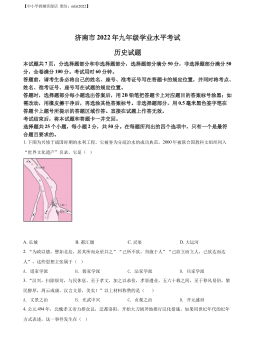
精品解析:2022年山东省济南市中考历史真题(原卷版)
分类:中学教育
时间:2025-08-19
标签:无
格式:DOCX
价格:10 玖币
-
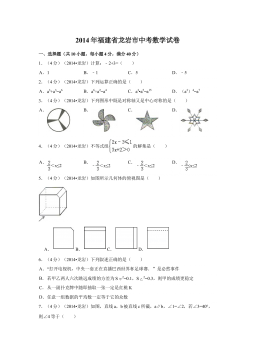
2014年福建省龙岩市中考数学试卷(含解析版)
分类:中学教育
时间:2025-08-19
标签:无
格式:DOC
价格:10 玖币
-
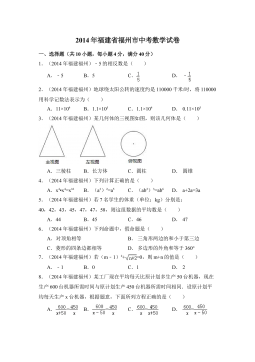
2014年福建省福州市中考数学试卷(含解析版)
分类:中学教育
时间:2025-08-19
标签:无
格式:DOC
价格:10 玖币
-
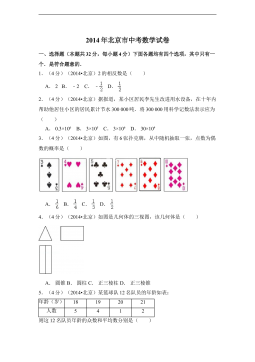
2014年北京市中考数学试卷(含解析版)
分类:中学教育
时间:2025-08-19
标签:无
格式:DOC
价格:10 玖币
-
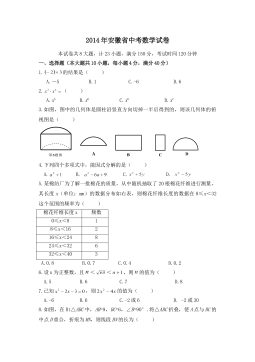
2014年安徽省中考数学试卷(含解析版)
分类:中学教育
时间:2025-08-19
标签:无
格式:DOC
价格:10 玖币




 渝公网安备50010702506394
渝公网安备50010702506394
